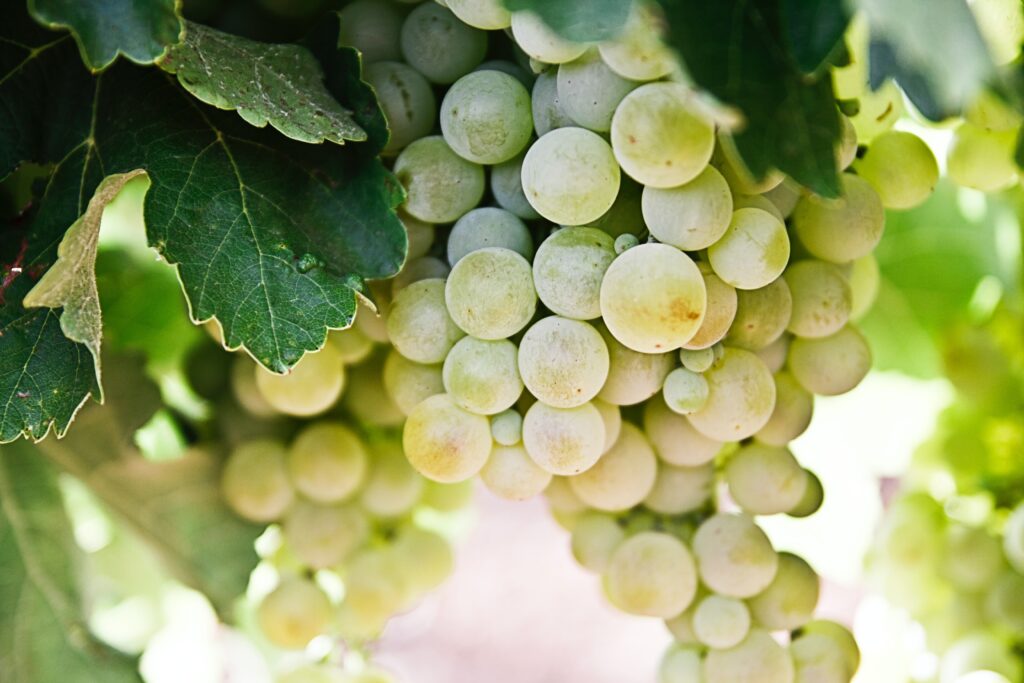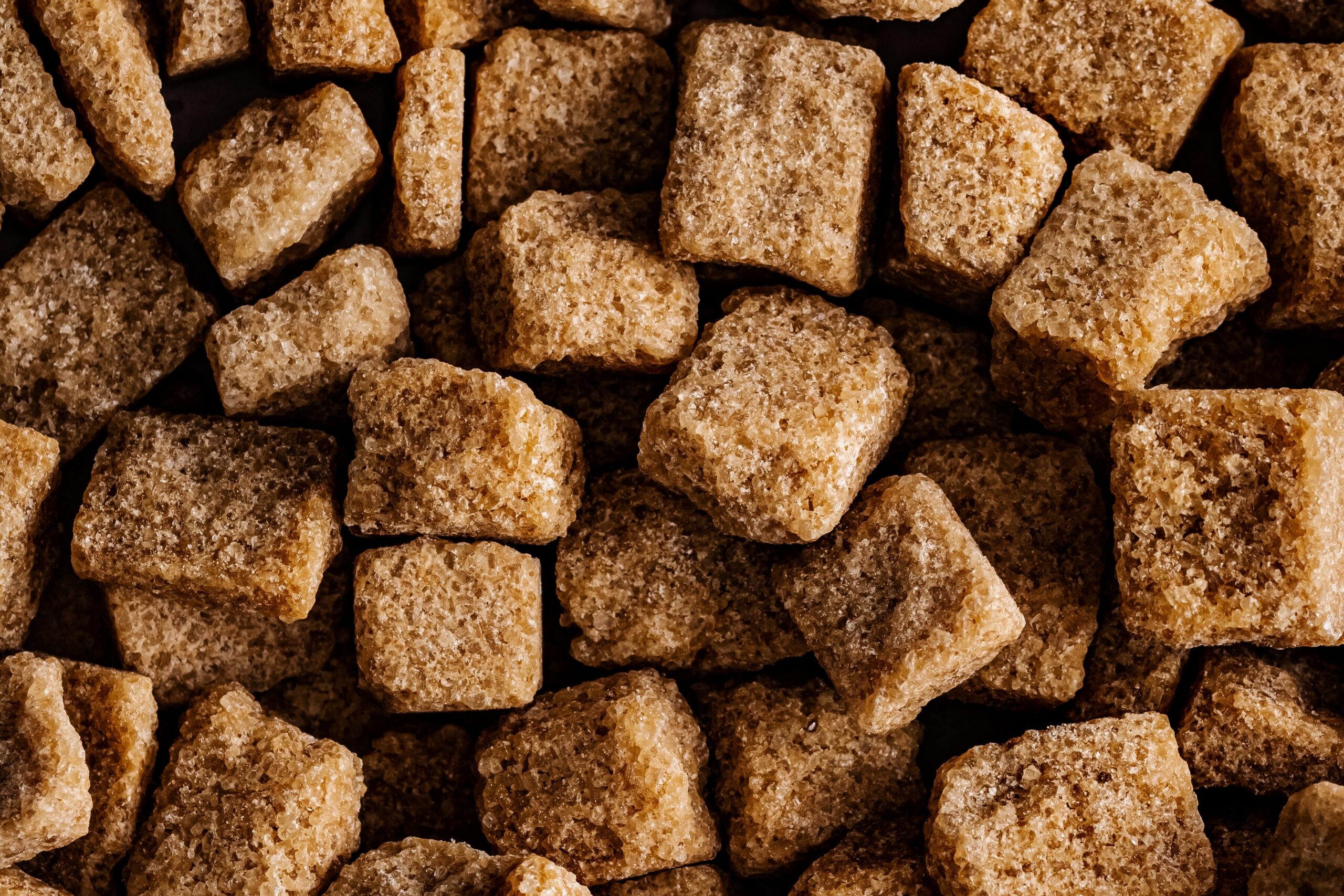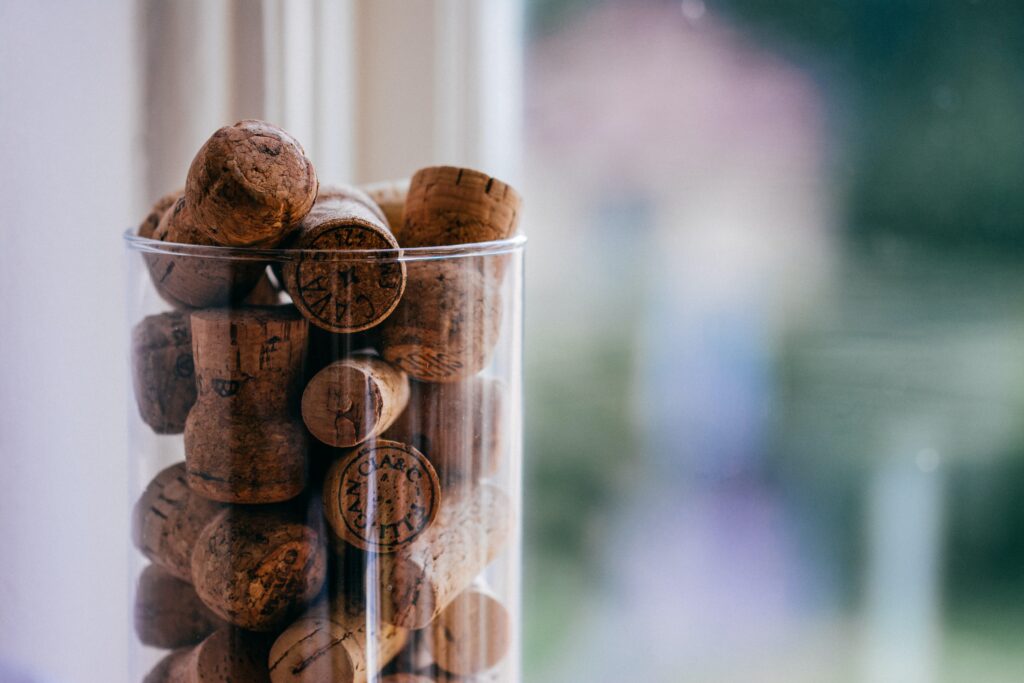Sugar-free wine is all the rage now, and with good reason. As people adopt more healthy diets and lifestyles, alcohol and sugar are usually the first to go. But is “sugar-free wine” legit? Or just a marketing ploy?
In this guide, I’ll explain how sugar works in wine, the good, the bad, and the ugly. Plus, I’ll share some tips and tricks for finding guaranteed sugar-free wines – no IG ad necessary!
Hint: sugar can make good wines extraordinary and bad wines palatable!

Understanding Sugar in Wine
Sugar is naturally found in grapes, and when harvested, it gets consumed by yeast that’s also present on the grape skins. The yeast digests the sugar, and the byproducts are CO2 and ethanol (alcohol).
So, it’s literally impossible to have wine without sugar. The difference in sugar levels in wine comes down to how much sugar gets eaten by the yeast before the wine is considered finished. To “finish” a wine, sulfites are usually added to stop more chemical reactions from occurring (you can read my thoughts on sulfites here).
If the yeast eats all of the sugar, it’s considered a “bone dry” wine. Beyond that, wines may have anywhere from 1-220 grams per liter (g/L) of remaining sugar, referred to as residual sugar or RS.
Now, it’s important to note that sugar is kept (or added) to wine for several reasons, some good, some not so good. Here’s a breakdown of why some wines have residual sugar.
The GOOD reasons sugar is in wine
It’s tradition- Aromatic white wines like Riesling, Gewürztraminer, and many sparkling wines like Champagne and Prosecco are traditionally made with some residual sugar. This makes for a more developed and flavorful wine.
To make dessert wines- Port, Sauternes, and Tokaji are nearly as old as winemaking itself. They command high prices and are highly sought after for their sweetness.

The BAD reasons sugar is in wine
To make cheap wine drinkable- Mass-produced, cheap wine made from bad grapes is more likely to have added sugar since it’s is a good ingredient for making bad wine slightly more drinkable.
To help with bad growing years- If the growing year was poor then a winemaker may choose to add sugar to feed the yeast if the grapes didn’t develop high sugar levels. An example would be if a region suffered wildfires and had to harvest early to prevent smoke damage to the grapes.
Measuring the Sugar Content in Wine
While winemakers aren’t required to label the amount of RS that is in each wine, there are still some helpful labeling terms to keep in mind.
There are two categories for labeling sweetness in a wine, one for still wines and one for sparkling.
Here are the labeling terms for still wines:
| Term | g/L residual sugar | calories of sugar |
| Bone dry | <1 g/L RS | 0 |
| Dry | 1-10 g/L RS | 0-6 |
| Off-dry | 10-35 g/L RS | 6-21 |
| Sweet | 35-120 g/L RS | 21-72 |
| Very sweet | 120-220 g/L RS | 72-130 |
And here’s the labeling for sparkling wines such as Champagne and Cava (Prosecco is similar though it has fewer levels of sweetness):
| Term | g/L residual sugar | calories of sugar |
| Brut nature | 0-3 g/L RS | 0-2 |
| Extra brut | 0-6 g/L RS | 0-5 |
| Brut | 0-12 g/L RS | 0-7 |
| Extra dry | 12-17 g/L RS | 7-10 |
| Dry | 17-32 g/L RS | 10-20 |
| Demi Sec | 32-50 g/L RS | 20-30 |
| Doux | 50+ g/L RS | 30+ |
Tips for Finding Wine With No RS
Know your styles- Many styles of wine are almost entirely made bone-dry, such as Cabernet Sauvignon, Merlot, Sauvignon Blanc, and Pinot Grigio. On the other hand, Riesling and Gewürztraminer are traditionally made with at least a tiny bit of residual sugar.
Drink less wine- Moderation is key, so consuming less wine is the only surefire way to consume less sugar.
Avoid really cheap wine- Spending a little bit more on wine means a big increase in quality, where winemakers don’t have to cut corners to turn cheap grapes into decent wine.
Some tasty dry wines I’m loving right now: Amavi Cabernet Sauvignon, Saintsbury Pinot Noir

Why RS in Wine is Delicious
RS has been in wine since the beginning of winemaking, and its skillful addition makes for some of the most exceptional wines in the world. After all, sugar is essential to the process. Wine literally couldn’t exist without sugar!
Wines like Riesling, Gewürztraminer, and Moscato are typically made with RS, which adds complexity, body, and a delightfully smooth texture. And since the yeast hasn’t consumed all of the sugars in these wines, they will be lower in alcohol, anywhere from 5-9% ABV. As if you needed another reason to have Champagne for breakfast!
Some delicious wines with RS I’m loving right now: Trimbach Alsace Gewürztraminer, Dr. Hermann From the Slate Off-Dry Riesling
Final Thoughts
In diet culture, someone’s gotta be the bad guy. Gluten held the bag for a while, but now it’s shifting to alcohol and, specifically, wine with sugar. But considering a vast majority of everyday drinking wines are dry, I’m thinking this “sugar-free” wine movement is really more of a marketing tool to sell bad wine that you can feel good about drinking.
The good news is that there are tons of wines in the world that are naturally dry and are sold simply as good wine, not as sugar-free wine.
The truth is, it’s easy to find wines with no sugar by looking for styles that are typically bone dry (or brut, if sparkling), spending at least $15 per bottle, and looking for indicators on the label such as “dry Riesling” or “brut Champagne.”
Got a favorite dry wine to share? Or perhaps one that’s sweet but totally worth it? Leave a comment below and let me know your thoughts!

